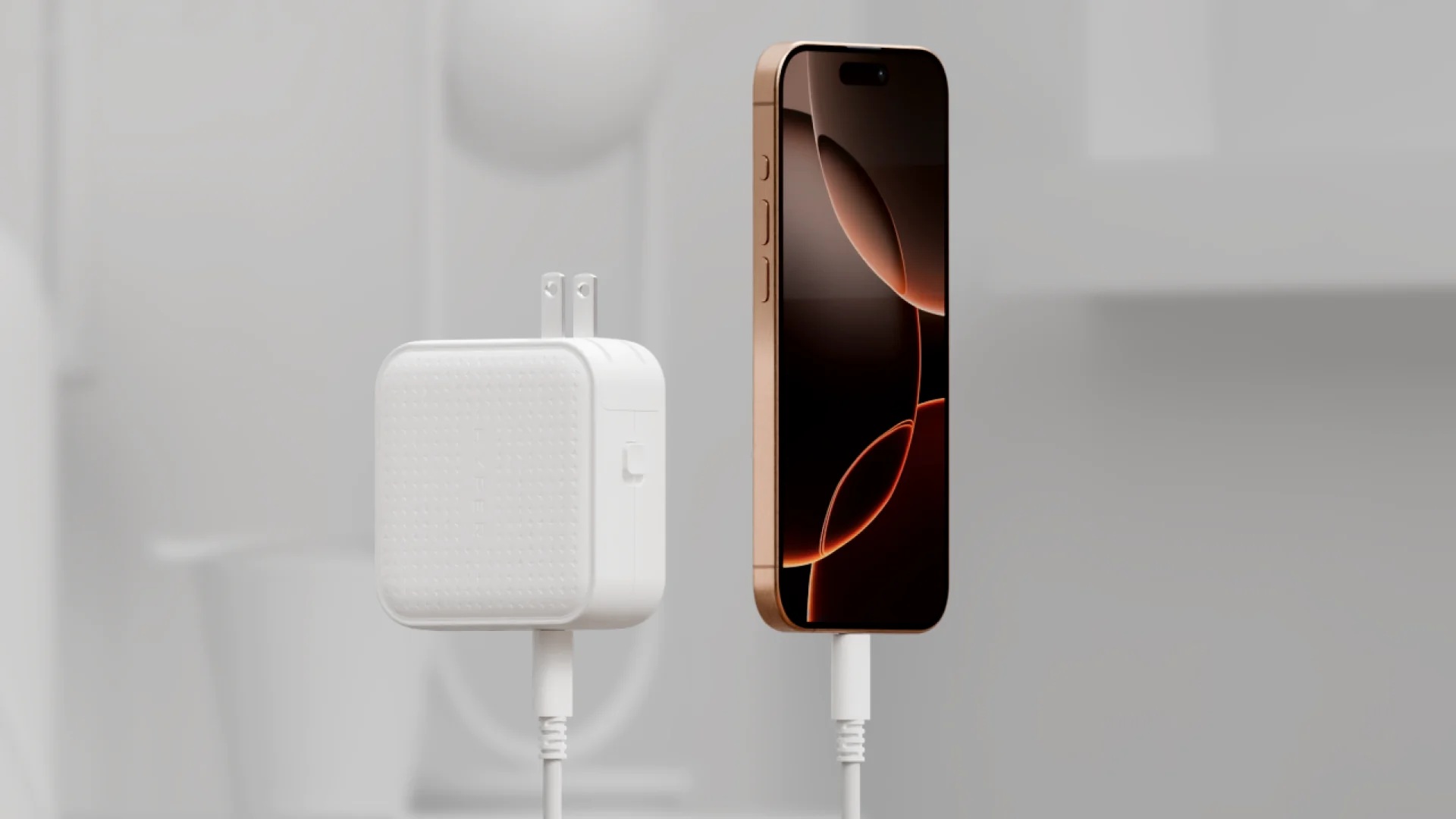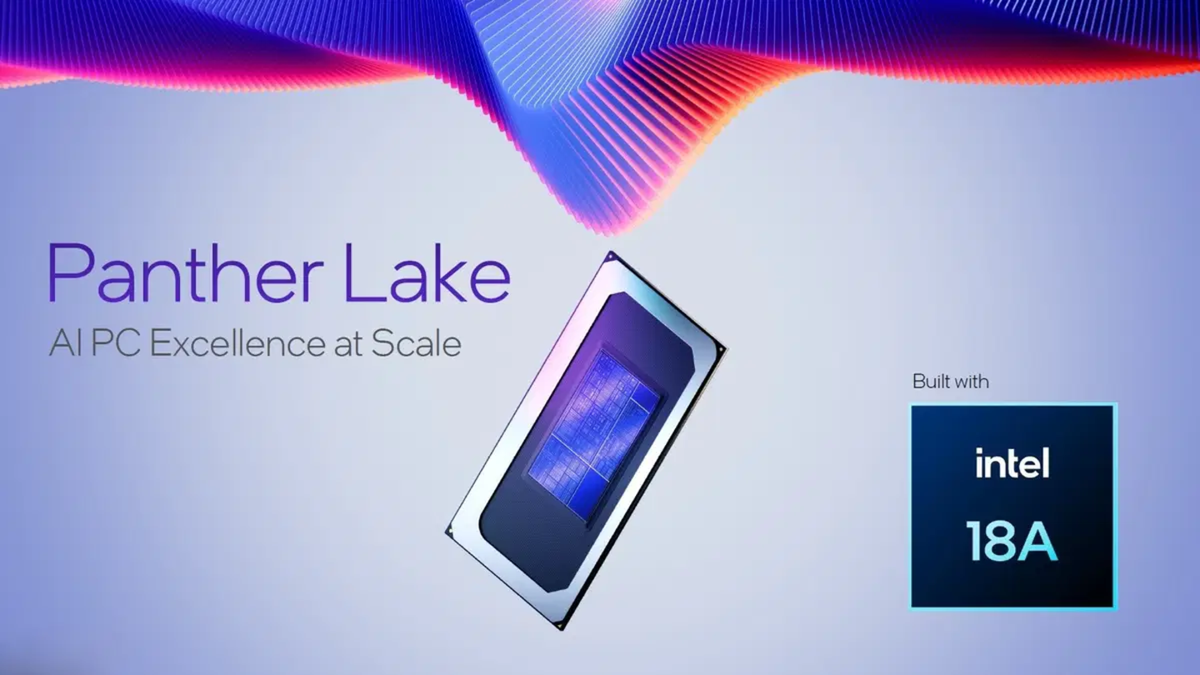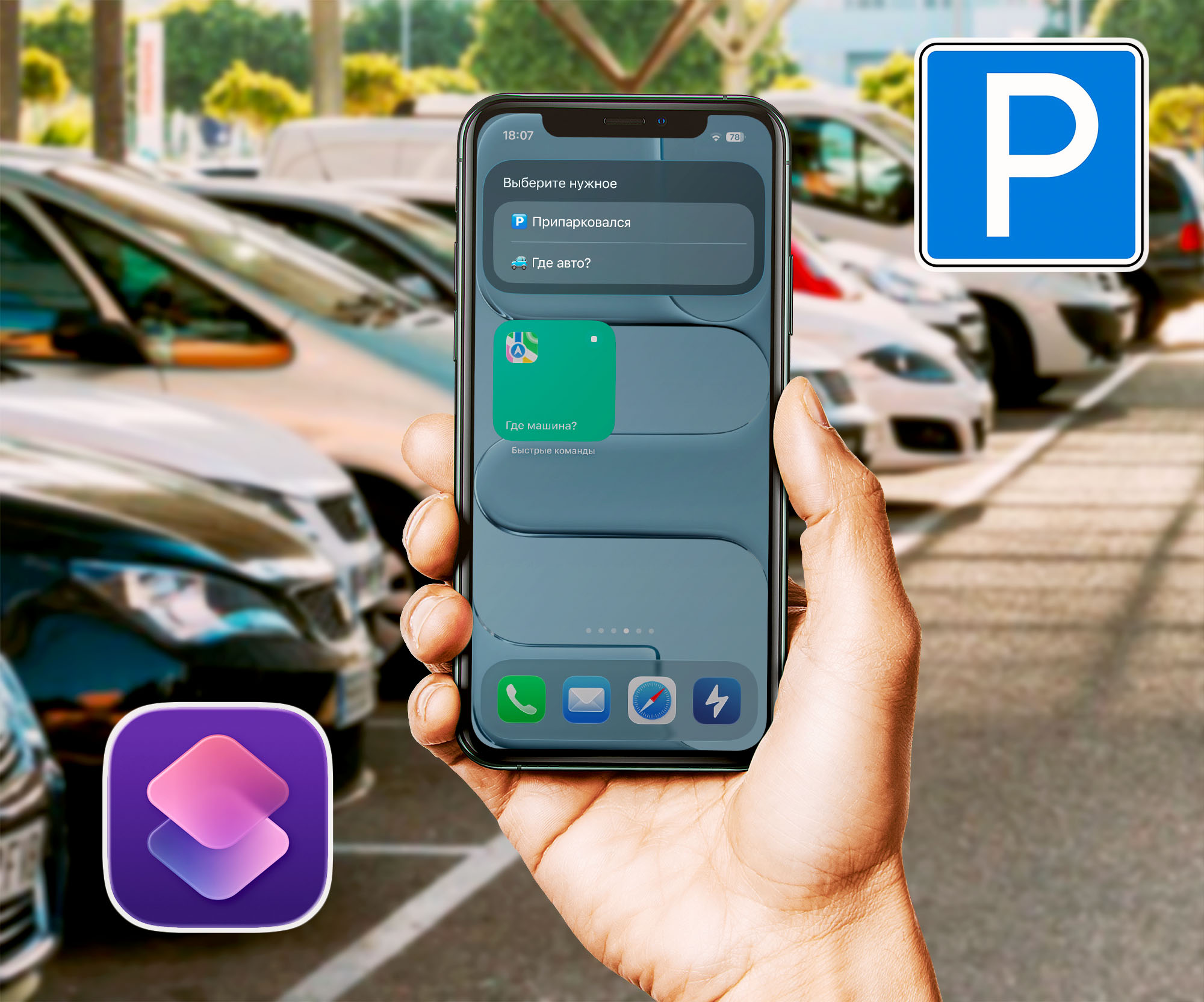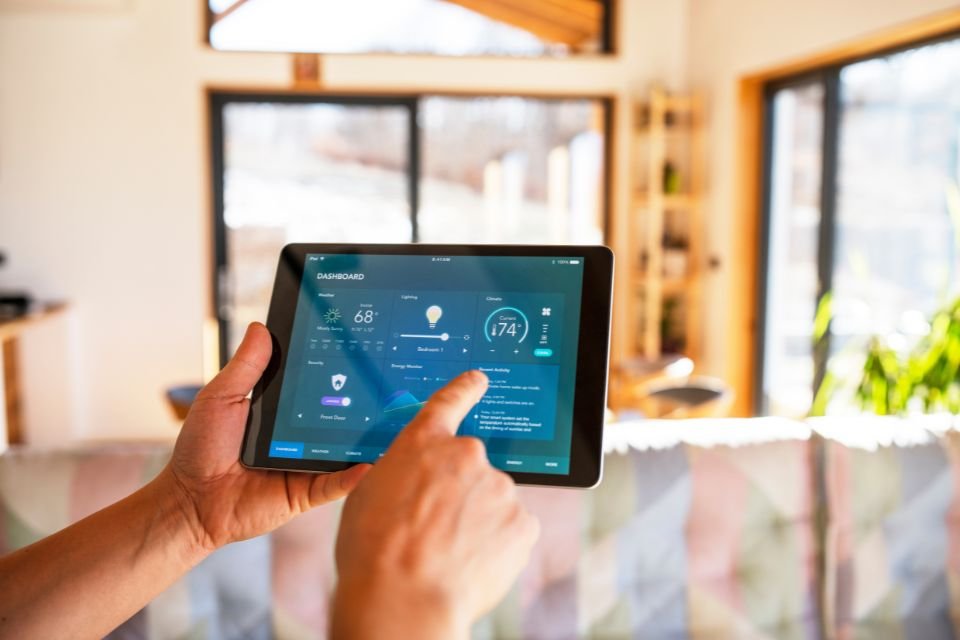*by Julio Martins.
we live one accelerated digital transformation era, both in the work environment and in our daily life. The use of resources based on Wi-Fi connectivity and Artificial Intelligence (AI) is gaining strength in various areas as they provide practicality, comfort, security and, above all, time and money savings.
The development of more and more functional and creative solutions is only possible thanks to the combination of two concepts: Edge Computing and IoT (Internet of Things).
To illustrate this relationship, imagine finishing another busy week of work. It’s 6 pm, you get in the car and go home. While you are in traffic, your mobile phone sends your coordinates and ETA (Estimated Time of Arrival) to Alexa (end device) in your home. Alexa starts the media setup process. According to your ETA, it adjusts the thermostat, turns on the air conditioners, adjusts the lighting, programs a special playlist, and turns on your coffee machine, so the aroma of coffee in the air and starting your coffee machine the moment you enter the house. at the beverage point. will be appreciated.
All these smart elements in your home are communicating with each other (IoT) and coordinated by an edge device (Edge Computing) to serve you. But how does it work? This is what we will see next!
What is Edge Computing and Internet of Things?
Edge Computing performs data processing and analysis as close as possible to where it was generated. This is done through the use of computing devices (with processing capacity and intelligence) located at the edge (“edge”) of the network, the so-called “edge devices”, provides rapid decision making and a significant reduction in response time (latency), because data doesn’t need to “travel” long distances to the cloud.
The Internet of Things, or IoT for short, is a network of interconnected physical devices that collect and exchange data with each other over the Internet. These devices can be of any type, from household appliances and vehicles to sensors in industrial environments. IoT brings automation and efficiency to the daily lives of companies and people by allowing these devices to communicate and make smart decisions based on data collected from the environment.
There are a few examples of the common use of Edge Computing and IoT in daily life that we experience today, often without realizing it. Below are some of the most relevant:
- smart cities: real-time traffic monitoring, waste management optimization, smart street lighting and urban security systems;
- connected health: remote monitoring devices such as smartwatches and wearables that monitor vital signs and send alerts in an emergency;
- precision agriculture: Smart sensors placed in agricultural fields collect data on soil moisture, temperature, nutrient levels and other factors important to plant growth. All information is processed locally by Edge Computing devices, allowing farmers to make more accurate and efficient decisions such as targeted fertilizer or water application, maximizing productivity and reducing costs.
The combination of IoT with Edge Computing transforms our daily lives, brings smart solutions to different areas, provides automation, efficiency and significant improvements in our lives.
Looking ahead, we can expect IoT and Edge Computing to continue to evolve and become more integrated into our routines. With continued advances in connectivity technologies like 5G and increased processing power on edge devices, we will see these solutions expand further.
guess that It is becoming more and more common for devices to be interconnected via the IoTThis includes not only personal devices, but also infrastructures and industrial sectors. By improving precision agriculture, more efficiency will be achieved in food production. Cities will become smarter with greater monitoring and control of public services, safety and quality of life.
Edge computing will become more powerful and sophisticated with edge devices capable of performing complex analytics and machine learning. This will enable real-time decision making with more advanced applications supporting autonomous cars, connected health and Industry 4.0.
IoT and Edge Computing are definitely revolutionizing our daily lives by bringing tangible benefits and innovative solutions. As these technologies continue to evolve, we can look forward to a future full of opportunities and improvements in many areas that are sure to make our lives more convenient, efficient and connected.
****
Júlio Martins is Director of Innovation at Roost, a technology company specializing in edge computing solutions.
Source: Tec Mundo
I am a passionate and hardworking journalist with an eye for detail. I specialize in the field of news reporting, and have been writing for Gadget Onus, a renowned online news site, since 2019. As the author of their Hot News section, I’m proud to be at the forefront of today’s headlines and current affairs.











